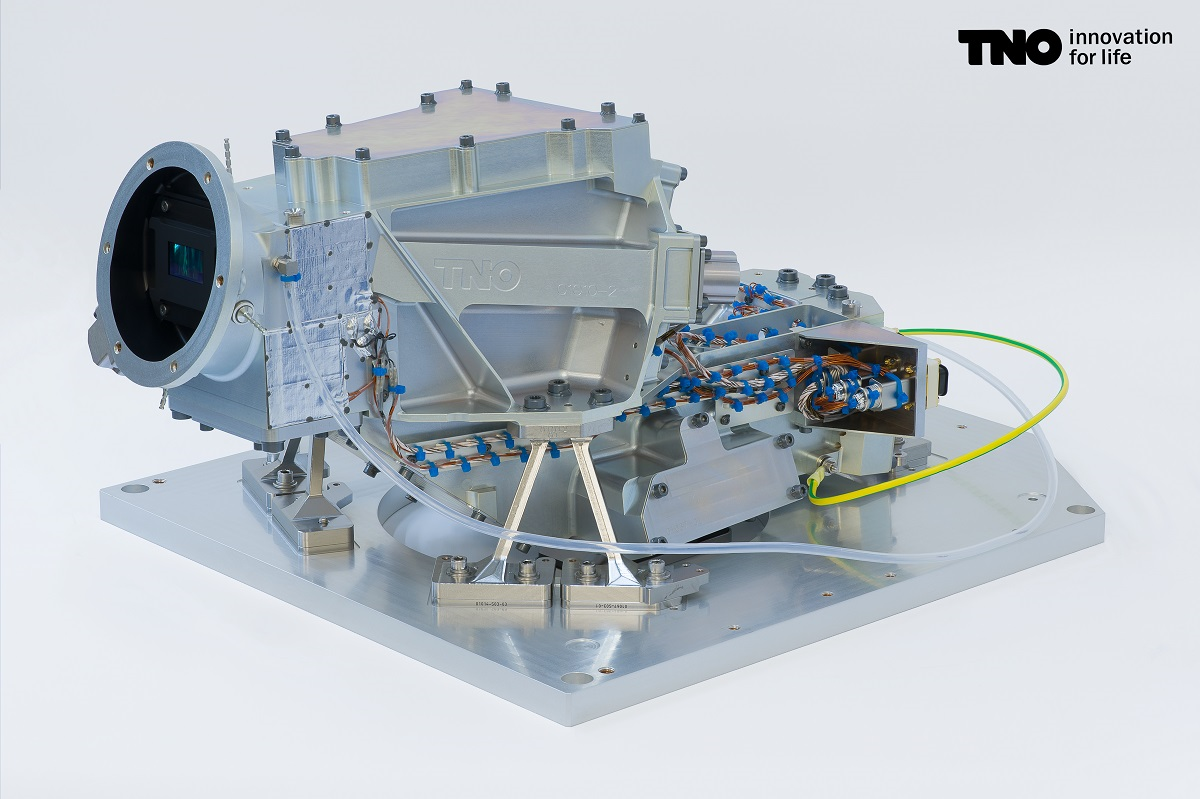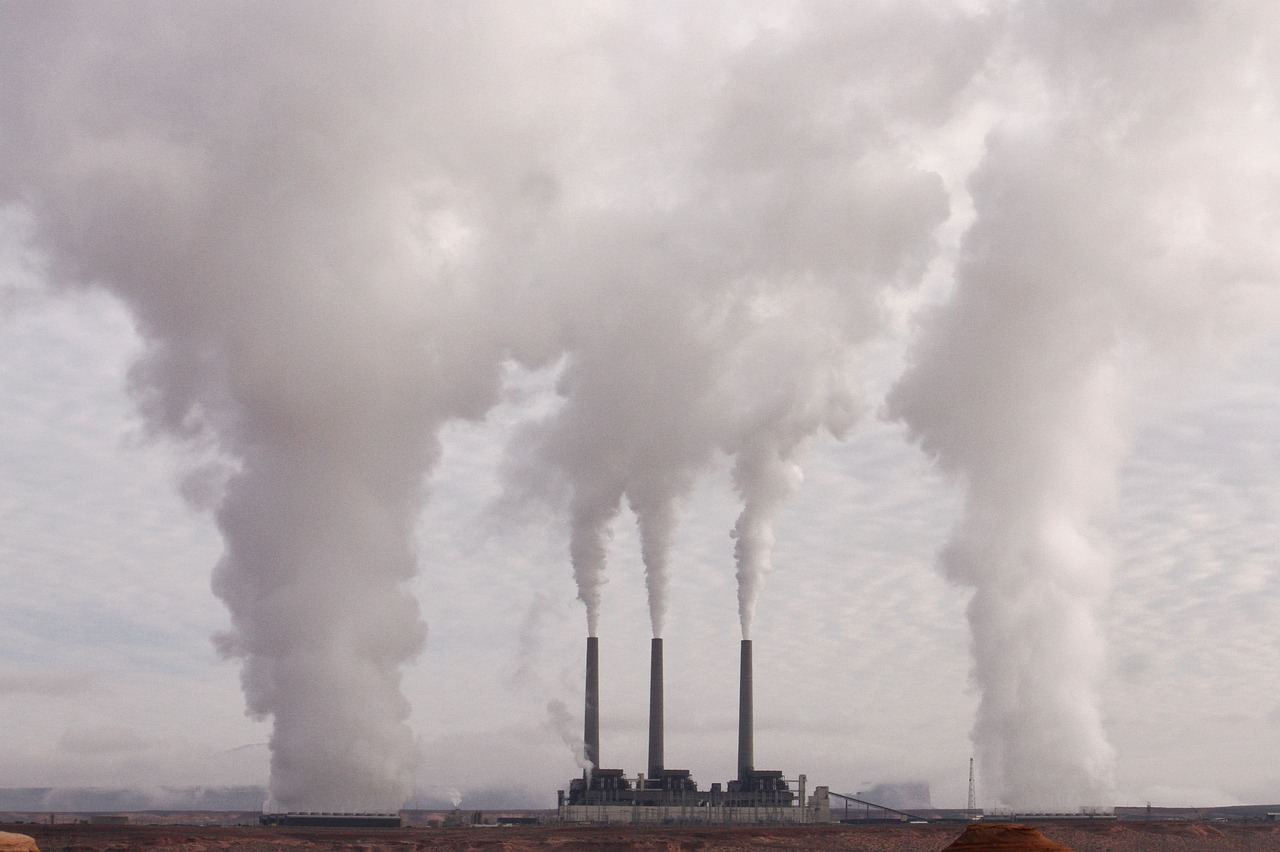
This week, the independent Dutch research institute TNO based in Delft has made an important contribution to the so-called Sentinel-5 satellite, which is being designed to better map air pollution and greenhouse gases.
TNO’s contribution consists of two essential subsystems that were delivered to the Airbus on Wednesday. These are a spectrometer for a specific wavelength (270-300 nm) and a telescope with a very high resolution, as spokesperson Wim Gielesen explains in a press release.
Gielesen: “We are the first party to supply Airbus with a key optical module. And additional measures have enabled TNO today to succeed in delivering the spectrometer (UV1) that is so crucial for this mission with little delay, despite the corona crisis.”

Sentinel-5 is a successor to previous satellites used for monitoring the earth’s atmosphere. The project is part of the European Copernicus Program supervised by the European Space Agency ESA. Several satellites are being built for this program, which will be launched into space one after the other. The first Sentinel-5 satellite will be put into orbit in 2022.
Precursor
TNO also previously supplied components for the Sentinel-5 Precursor satellite (S5P) that was launched in 2017. On board of this satellite is the TROPOMI spectrometer, which provides daily measurements with a uniquely high spatial resolution of 7 × 3.5 km.
Gielesen: We develop parts that are as compact and light as possible, yet at the same time, robust enough to survive a launch, which involves forces of 22 times that of gravity and enormous temperature differences (-20 to 60° Celsius). We work on the edge of what is achievable. This is possible thanks to our unique knowledge in the field of freeform optics and mechanics.”
According to Gielesen, the unique thing about the mirrors in these components is that they are extremely smoothly polished – to less than a nanometer. “You could compare it to smoothing out the surface of the whole of the Netherlands to a difference in height of just a few millimeters.” The fact that the mirrors are so smooth means that there fewer problems from disruptive stray light sources, “Which makes the image pure,” Gielesen adds.
TROPOMI
The practical advantages of TROPOMI and Sentinel-5 are that they make it very easy to monitor variations in air pollution as well as identify sources of pollution. This can be of great value for a CO2 emission system. Furthermore, Sentinel-5 can help detect and measure global hotspots of methane. Methane is one of the most critical greenhouse gases.
While the resolution of Sentinel-5 can be compared to that of TROPOMI, the fact that it is possible to measure closer along cloud edges means that more inaccessible locations can be mapped out even more accurately. More gases can also be measured by adding an extra wavelength range (an extra channel). As TROPOMI and Sentinel-5 orbit in different orbits from each other and collect data at different times (9.30 a.m. and 2 p.m.) the combination of both satellites thus provides key information about the daily route of substances in the atmosphere.
“We are developing instruments to combat air pollution and climate change and to stimulate economic growth”, explains Kees Buijsrogge, Director of Space & Scientific Instrumentation at TNO. “Air pollution is a very topical subject that is high on the political agenda. Sentinel 5 will provide global and independent measurements of this every day.”
TROPOMI’s data revealed that nitrogen emissions dropped considerably during the corona crisis, Buijsrogge claims. Now that many countries are opening up again, emissions are set to rise as well. “We are proud that TNO makes an important contribution to the instrument on Sentinel 5 that will keep monitoring issues like this in the decades ahead so that policymakers can take informed actions.”








